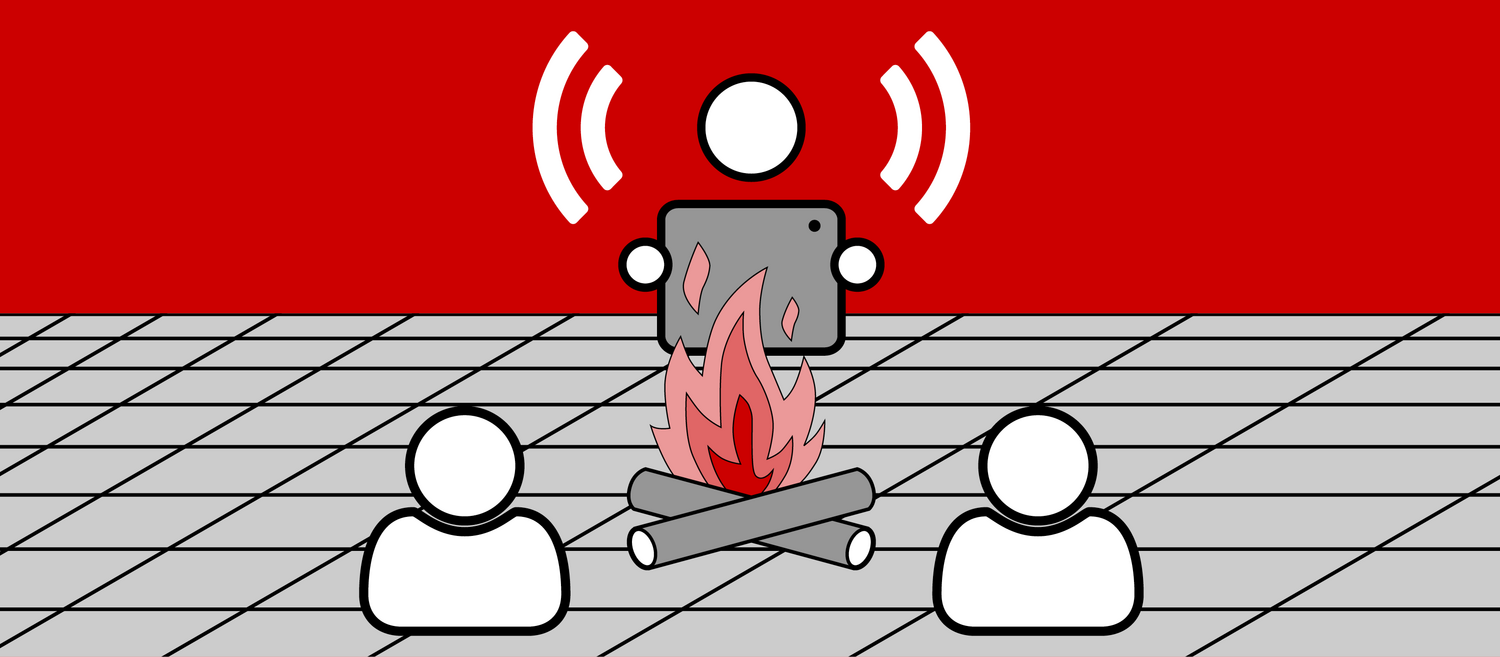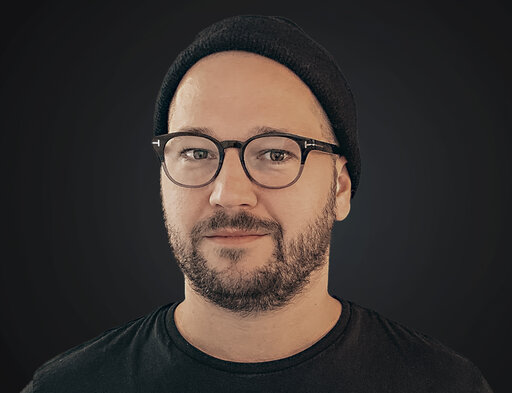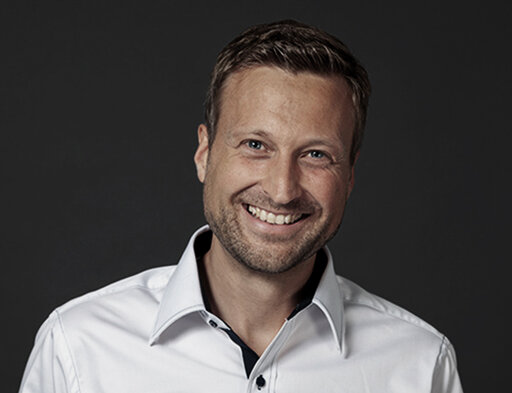Ole: Andreas, about our text on digital storytelling...I can’t think of anything.
Andi: So like usual.
Ole: Thanks. You’re a big help – like usual.
Andi: But isn’t that your job? I mean, coming up with ideas?
Ole: Right. Something relevant. With substance. An intelligent central thought. But this whole omnichannel-BS-bingo-crap really goes against my DNA. Everyone acts like you have to reinvent the communications wheel every couple of years.
Andi: I get it. I get it. You mean, we have to step away from the question “to be digital or not to be digital”. And more in the direction of simply being “multilingual”. Because even you get it that you have to communicate differently on different media. Which means...
Ole: Sure. But that doesn’t change anything about the fact that the fancy new storytelling still has to fulfill exactly the same requirements as good old fashioned storytelling.
Andi: Hoooooold on. I wasn’t finished. Of course, the not-so-new-anymore media demand a different approach than display advertising or a YouTube bumper, for example. Especially since the social media family centered on Twitter, Instagram, Facebook and friends is now growing in all sorts of new directions – and so also include new target groups and usage situations – thanks to new playmates like TikTok.
Ole: Right. Finished?
Andi: Nope.
Ole: Doesn’t matter! Years ago I attended this workshop on digital storytelling – and you know what the most exciting thing about it was?
Andi: Again: nope.
Ole: Nothing! You aren’t going to find any new revelations here. Except for maybe the fact that you can apparently make a lot of money with these kinds of workshops. The core of a campaign today, just like yesterday, still has to be a good...
Andi: Creative?
Ole: ...core. But seriously? I have no desire to bombard our customers with jargon that at most you will understand. Or to obscure what’s always been true. I want to search for a good truth, a good central idea. One that’s real, relevant and so powerful that it carries itself through all the channels. Obviously, you can’t just repeat the same core story idea to everyone in the same way. You have to adapt it – both to the listeners as well as to the place of listening. And of course the same goes for viewers and the place of viewing. That’s something people can understand even without reaching for their dictionaries.
Andi: Amen. But let me add some substance to your rambling here.
Ole: I can hardly wait.
Andi: Exactly! Especially with an increasingly fragmented use landscape, with increasingly deeper knowledge of performance and outcome (yeah, I know, there are your buzzwords again), the core of the story, the position, the thing I want to say and be – and what I ultimately want to earn money with, too – is more important than ever!
Ole: As an exception, I can’t add anything to that.
Andi: Fantastic. But here comes the bitter pill, why data analytics, funnels and customer journeys do make a lot of sense.
Ole: Oh...and I thought we were just about to agree.
Andi: We do – just differently.
Ole: So let’s hear it.
Andi: Gladly. Guess why we spend such huge sums of money on social listening tools or our own AI solutions like PAS (Pragmatic Analytic Services)? Because never before have we been able to get in the heads of our target groups like this! Earlier we would ask questions and get socially acceptable answers. Today – and in conformity with data protection regulations – we can learn a tremendous amount about our target groups online. We can see what works and what doesn’t more or less in real-time and can continually adapt our argumentation and/or combine successful ideas.
Ole: But you can’t keep programming success like an algorithm...
Andi: Right. But we can breathe new life into a few marketing buzzwords. Now the customer journey is no longer some whimsical babbling dreamed up by the marketing people and consultants on PowerPoint slides, but is actually based on virtual observation. And personas aren’t just constructs imagined in a strategy unit, but coalesce from the data – as combinations with considerable mathematical affinity to the actual characteristics and interests. Or take our semantic crawlers that can map the dialogue on our topics like no clipping evaluation has ever been able to.



 komm-passion.de
komm-passion.de